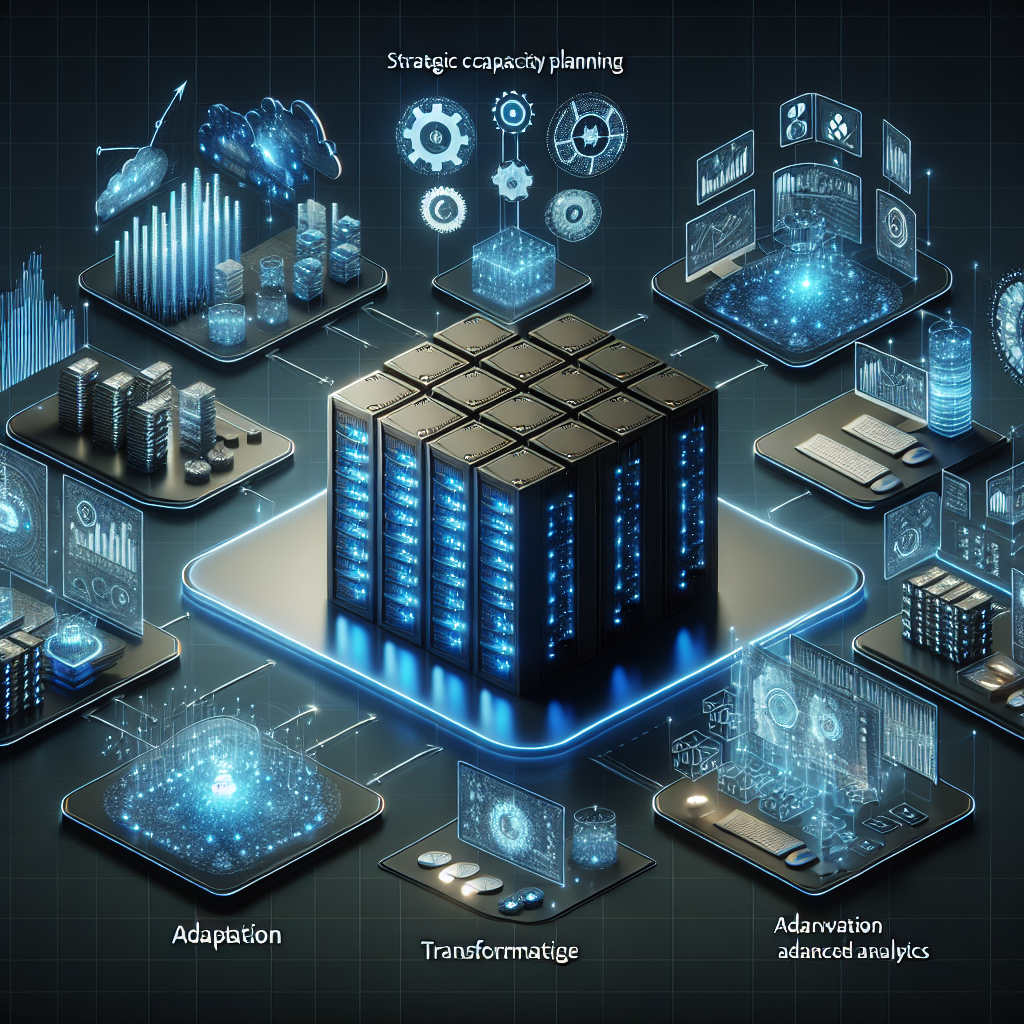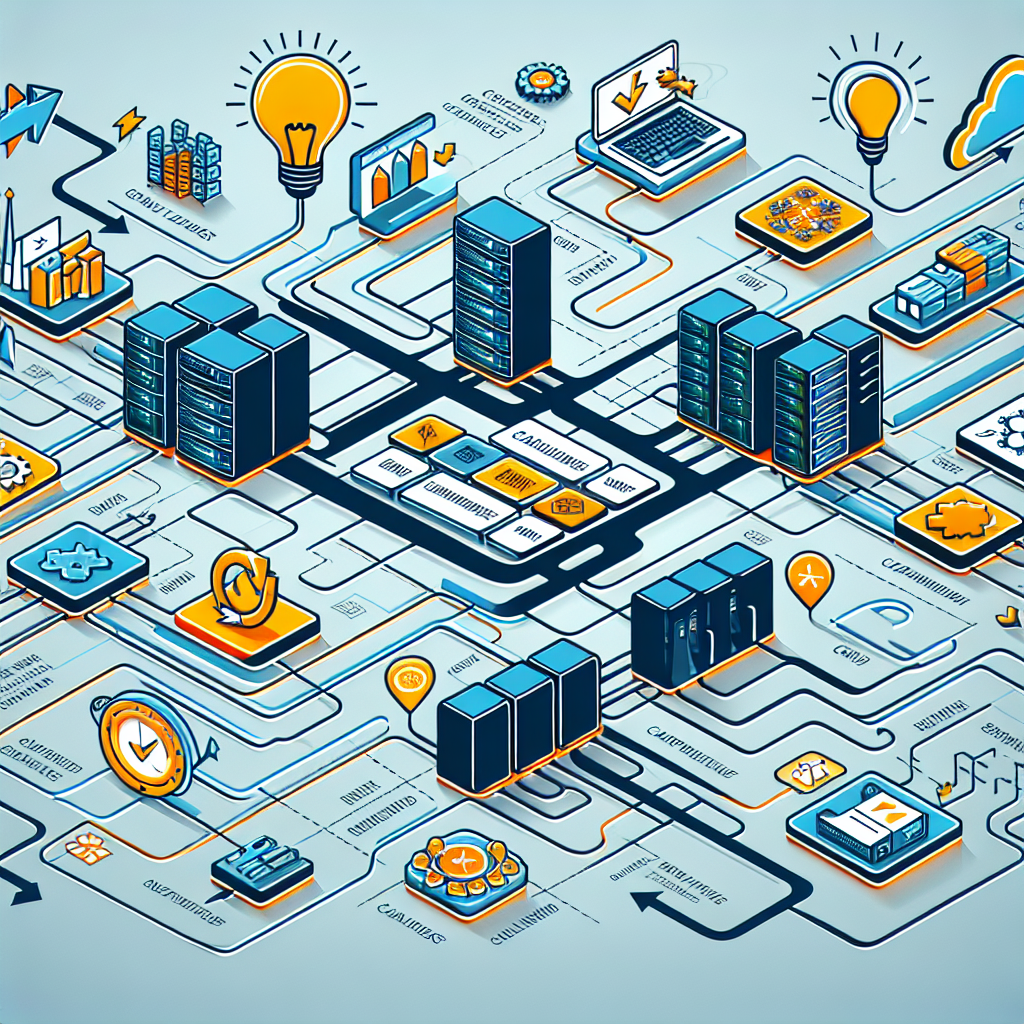Data center capacity planning is a critical aspect of managing a data center efficiently. It involves determining the resources needed to meet the current and future needs of the organization, such as server space, power, cooling, and networking equipment. Without proper capacity planning, data centers may experience downtime, reduced performance, and increased costs. In this article, we will provide a comprehensive guide to data center capacity planning.
1. Assess Current Capacity: The first step in data center capacity planning is to assess the current capacity of the data center. This includes evaluating the existing infrastructure, such as server racks, power distribution units, cooling systems, and networking equipment. By understanding the current capacity, organizations can identify any bottlenecks or areas that need improvement.
2. Define Requirements: The next step is to define the requirements for the data center. This includes determining the expected growth in data storage, processing power, and network traffic. Organizations should also consider any new technologies or applications that may require additional resources. By defining the requirements, organizations can better plan for future capacity needs.
3. Conduct a Capacity Analysis: Once the requirements are defined, organizations should conduct a capacity analysis to determine the resources needed to meet those requirements. This includes calculating the amount of server space, power, cooling, and networking equipment needed. Organizations should also consider factors such as redundancy, scalability, and future expansion.
4. Develop a Capacity Plan: Based on the capacity analysis, organizations should develop a capacity plan that outlines how resources will be allocated to meet current and future needs. The plan should include a timeline for implementing changes, as well as a budget for acquiring new equipment or upgrading existing infrastructure. Organizations should also consider factors such as energy efficiency and sustainability in their capacity plan.
5. Monitor and Adjust: Once the capacity plan is in place, organizations should regularly monitor the data center to ensure that resources are being used efficiently. This may involve tracking server utilization, power consumption, and cooling efficiency. If any bottlenecks or issues are identified, organizations should adjust the capacity plan accordingly.
In conclusion, data center capacity planning is essential for managing a data center efficiently and effectively. By assessing current capacity, defining requirements, conducting a capacity analysis, developing a capacity plan, and monitoring and adjusting resources, organizations can ensure that their data center meets current and future needs. With proper capacity planning, organizations can avoid downtime, reduce costs, and improve overall performance.










